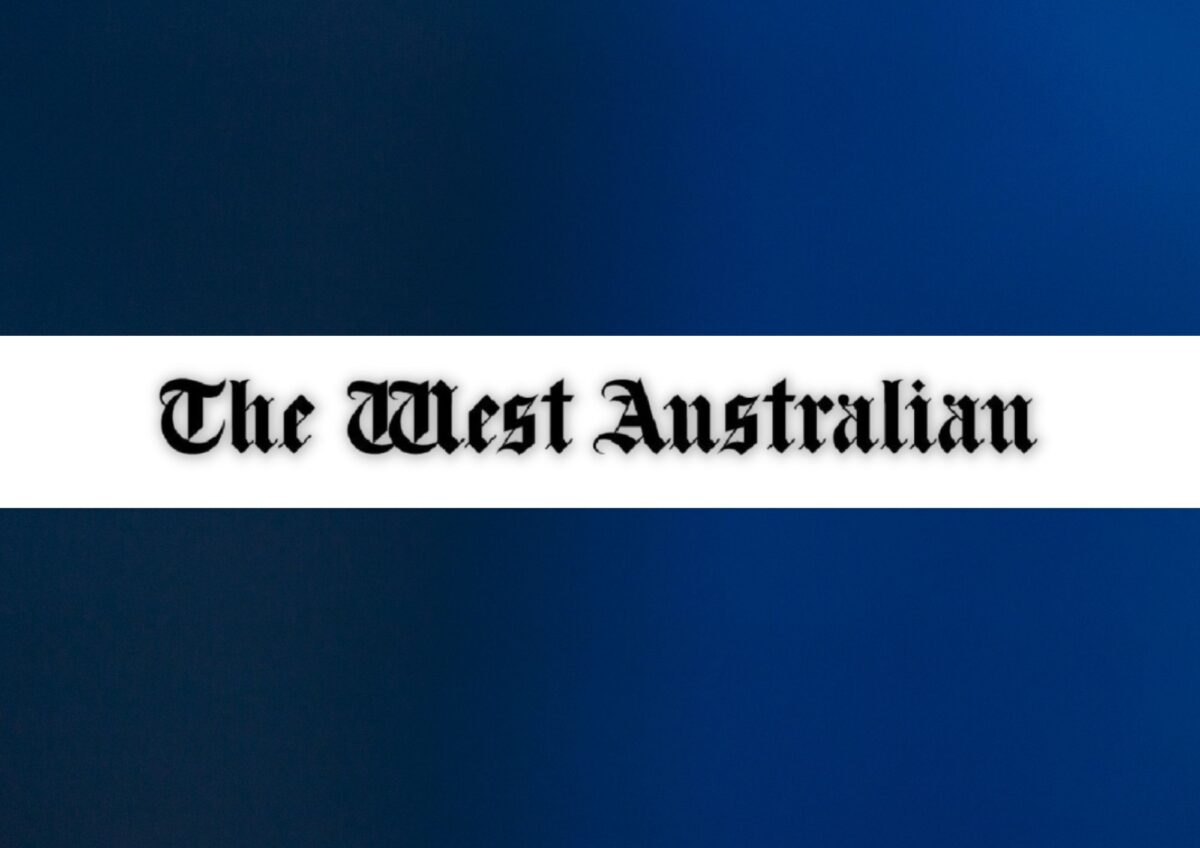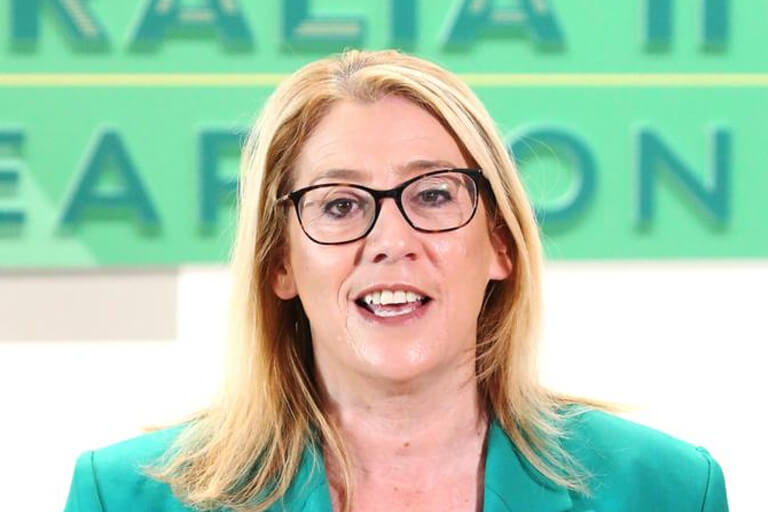Iron ore royalties on track to more than double, Saffioti teases plan to hand down ‘remarkable’ set of numbers
Iron ore royalties are on track to more than double WA’s operating surplus — placing a record-shattering $7 billion windfall in reach for Rita Saffioti in her first major Budget update as Treasurer.

Article by Josh Zimmerman courtesy of The West Australian.

Iron ore royalties are on track to more than double WA’s operating surplus — placing a record-shattering $7 billion windfall in reach for Rita Saffioti in her first major Budget update as Treasurer.
The Cook Government will on Tuesday unveil its mid-year Budget review, which is expected to reveal a sizeable upgrade to the $3.3b surplus forecast for 2023-24 in May.
Channelling former Prime Minister Paul Keating, Ms Saffioti has already teased that she is preparing to hand down a “remarkable” set of numbers.
Analysis of the actual iron ore price in the first 5½ months of the financial year, against the characteristically conservative estimate pencilled into the May Budget, reveals the State is once again poised to reap billions more in royalties than originally forecast.
The Budget assumed an average iron ore price of $US74.10 per tonne across 2023-24.
But the steel-making ingredient has smashed that expectation to average $US117.37 since July 1 — and was even trading north of $US135 on Monday.
Every $US1 increase in the average price of a tonne of iron over the course of a year adds $89.8 million to Treasury coffers.
That means, nearly six months into the financial year, WA is currently on course to collect $3.9b more in iron ore royalties than expected in the Budget.
That would be enough to push the operating surplus to $7.2b — smashing the previous record $6b, recorded in 2021-22.
Strong growth in jobs numbers, as well as continued gains in property prices, are also likely to pour additional money into the budget.
In May, Treasury predicted employment growth of 1 per cent across 2022-23 — but the more than 37,500 people who have picked up work between July and November represents a jump of more than 2.4 per cent already.
More people in work equates to more payroll tax receipts for the Cook Government, although the impact is nowhere near as profound as fluctuations in the iron ore price.
The same dynamic is at play in the property market, where rising house prices pump up stamp duties.
SQM Research places median home prices 2.9 per cent higher today than in July, against a 2.3 per cent Treasury forecast for all of 2022-23.
Speaking about the upcoming mid-year review at the weekend, Ms Saffioti harked back to Mr Keating’s description of the 1989 December quarterly accounts, which he famously labelled “a beautiful set of numbers”.
“Our State’s economy continues to go from strength to strength and the numbers in our Mid-Year Review — my first as Treasurer — back that up,” she said.
“Our numbers are quite remarkable and put us in the enviable position of being able to make significant investments in what matters to Western Australians, like health and mental health, housing, renewables and transport, without accumulating mountains of debt like other jurisdictions.”
While the mid-year review is likely to benefit from substantial revenue upgrades, any new spending decisions from the Cook Government will trim those gains depending on the year in which they are budgeted.
Premier Roger Cook on Monday announced the end of the government’s blanket approach to public sector pay, which included capping maximum wage increases, in a move he said was expected to cost at least $2.8b across the forward estimates.
A further $2.8b has also been earmarked for the first stage of a new desalination plant in Alkimos, which Mr Cook has said will be fully-funded from government surpluses.
Former Premier Mark McGowan adopted the same approach for Perth’s new maternity hospital, putting aside $1.8b for the project as part of the 2020-21 mid-year review.
